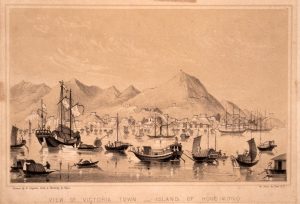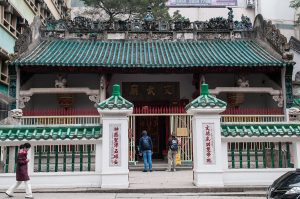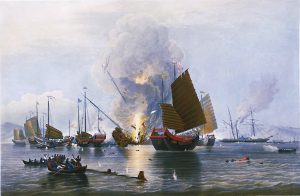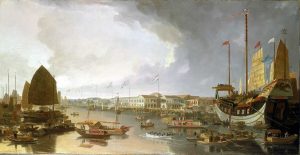Week 3: Colonialism at Work
I. Colonial Designs
- Basic considerations—free trade (e.g. Jardine and Matheson; Dent; Butterfield and Swire; Russell; Siemssen; J. J. dos Remedios; Sassoon) . . . small government (subvention until mid-1850s; 33+ administrative officers before WWII)
- Governor (see list; assisted by lieutenant governor, colonial secretary)
- Executive Council (Chow Shouson 周壽臣 [1861–1959], 1926)
- Legislative Council (first Chinese; Ng Choy [Wu Tingfang 伍廷芳, 1842–1922], 1880)
- Registrar General (est. 1845; renamed Secretary for Chinese Affairs, 1913; Secretary for Home Affairs, 1969)
- Cadet Officers (1861; renamed Administrative Officers, 1950s)
- Supreme Court (1844)
- Colonial Governance
- The bread-poisoning case of Cheong Ah Lum (15 January 1857; biography)
- Chinese — Taiping Rebellion (1850–64) . . . 60–70% male
- British/Europeans
- Eurasians (e.g. Robert Ho Tung)
- South Asians — esp. Parsees/Muslims/Sikhs; traders/soldiers/police . . . (1877) 43% of goods imported were from India; 18% of exports to India . . . (1888) Star Ferry founded by Dorabjee Naorojee Mithaiwala (active 1852–98) . . . Hormusjee Naorojee Mody (1838–1911) . . . Jehangir Hormujee Ruttonjee (1880–1960)
III. Collaborative Rule
- Middlemen/Collaborators
- Loo Aqui 盧亞貴 — Tanka . . . piracy and provisioning
- Kwok Acheong 郭亞祥 — Tanka . . . comprador (buyer) . . . founded steamship company
- Tam Achoy 譚亞財 — Kaiping via Singapore . . . contractor
- Civic Institutions
- What did Wang Tao find particularly noteworthy about colonial Hong Kong?
- How would you describe the tones of the colonial reports you read this week?
- You've been commissioned by a studio to sketch out an authentic character for a game/drama on the transformations of nineteenth-century Hong Kong. So, sketch one out on the basis of what you have read this week. Give your character a background (gender, age, place of origins, level of education, occupation, etc.) and briefly explain how this character is linked to the central theme of the game/drama.
External Links to Maps:
Early Maps | Hong Kong (1860)
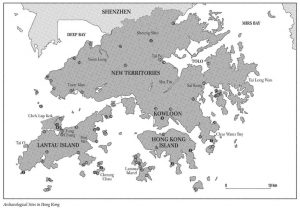
External Links to Images:
John Thomson
- Abe, Kaori. Chinese Middlemen in Hong Kong's Colonial Economy, 1830–1890 . Abingdon, Oxon; New York, NY: Routledge, 2017.
- Carroll, John M. Edge of Empires: Chinese Elites and British Colonials in Hong Kong . Cambridge, Mass.: Harvard University Press, 2005.
- Hayes, James. The Hong Kong Region, 1850–1911: Institutions and Leadership in Town and Countryside . Hong Kong: Hong Kong University Press, 2012.
- Munn, Christopher. Anglo-China: Chinese People and British Rule in Hong Kong, 1841–1880. Richmond: Curzon, 2001.
- Platt, Stephen R. Imperial Twilight: The Opium War and the End of China's Last Golden Age. New York: Alfred A. Knopf, 2018.
- Sinn, Elizabeth. Power and Charity: The Early History of the Tung Wah Hospital, Hong Kong . Hong Kong and New York: Oxford University Press, 1989.
- Sinn, Elizabeth. Pacific Crossing: California Gold, Chinese Migration, and the Making of Hong Kong . Hong Kong: Hong Kong University Press, 2013.
Top


